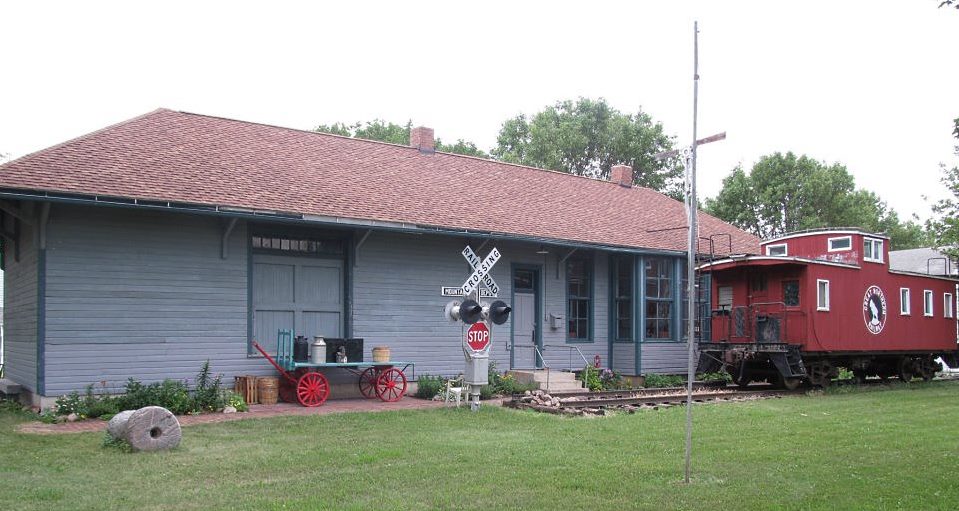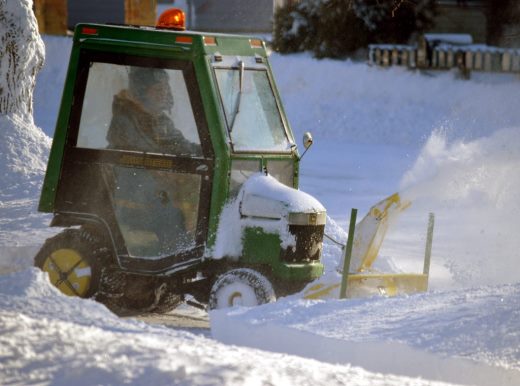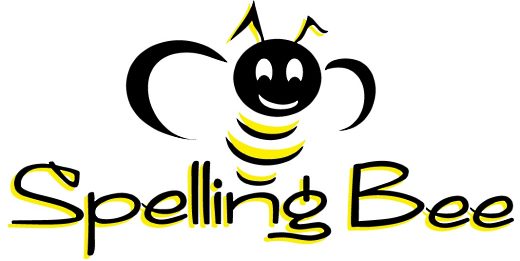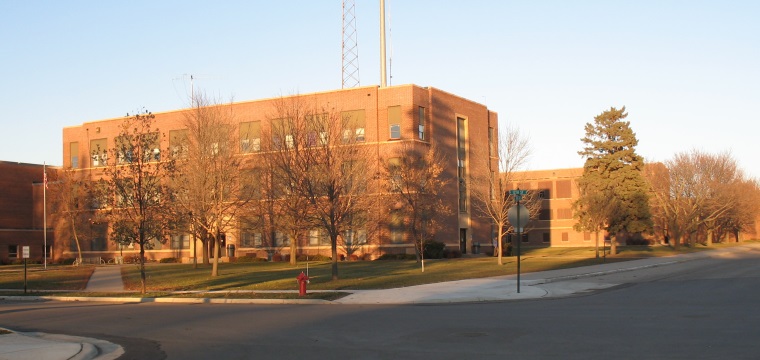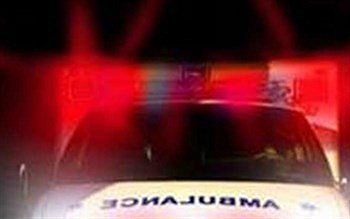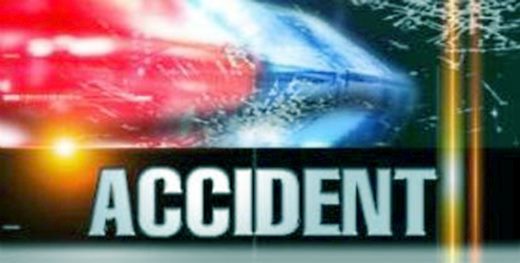Mountain Lake Ambulance in need of EMTs to join squad
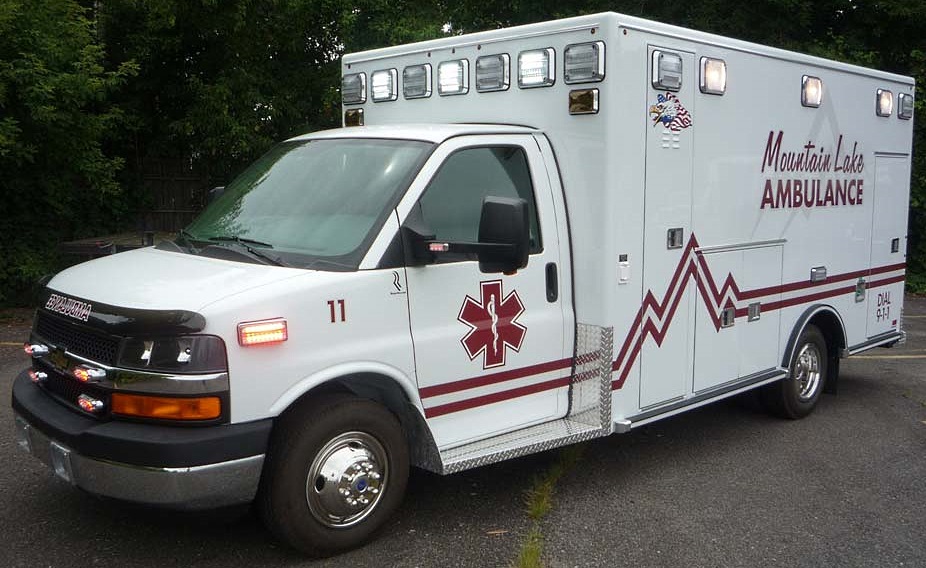
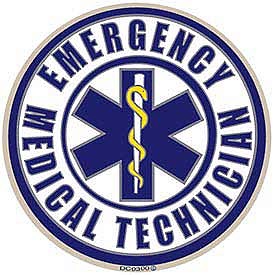
Someone is hurt, or ill; there is an accident or an incident that causes injury.
911 is called.
The tone is sounded, the message goes out and folks around town – the trained volunteers – drop what they’re doing and head out the door in seconds to answer the call for an ambulance and emergency care response.
That is what happens in small towns around this country – including Mountain Lake.
Rural America knows how important it is to have a full team of Emergency Medical Technicians (EMTs) willing and able to take that call in order to help and save others. Mountain Lake Ambulance Service is in need of such good, caring people.
According to Mountain Lake Ambulance Director Dave Watkins, in correspondence sent to Mountain Lake’s businesses, churches, service organizations and surrounding townships, the need is for personnel to cover daytime hours. Currently, there are only five EMTs available to cover that stretch of time. “Because we need to staff two people to cover the day,” explains Watkins, “the five of us end up on call about every other day, which is difficult for us.” The letter sent to the varying entities is asking for their support in recruiting additional help.
The Mountain Lake Ambulance Service is on-call 24/7 basic life support with approximately 20 trained EMTs and a squad of two ambulance rigs. The primary hospital served is Windom Area Hospital. The schedule runs from 6 a.m. to 6 p.m. daily and 6 p.m. to 6 a.m. nightly. The squad averages about 220 calls per year – two-thirds of which occur during the day, including weekends.
Current employers who allow employees to take calls have their personnel use vacation time, make up lost time or stay clocked-in while gone; while some allow up to four hours of paid time if on a call. Watkins impresses this message on employers, “If a business would allow an employee to be on call one day a week – or even one day every two weeks – it would be a great help. The amount of support the employer is willing to give is proportional to the willingness of the employee to sign up for shifts. In general, we have very good support from our businesses.”
Applications are available at Mountain Lake City Hall, located at 930 3rd Avenue, or contact Watkins at 507-822-3687.
What it means to be an EMT
To obtain State of Minnesota EMT certification, applicants must take an Emergency Medical Technician-Basic course, and pass the written and practical state examinations. The course prepares students with the basic life-support skills, as well as the medical techniques that are needed to take care of the patients in emergency cases.
The nearest state-approved EMT Training Centers are Minnesota West Community and Technical College- Jackson Campus, and South Central College in North Mankato. The initial EMT seven-credit course encompasses 160 hours of training. The program consists of 152 hours of classroom instruction and a minimum of eight hours of hospital clinical observation and training.
The course includes anatomy, physiology, cardiopulmonary resuscitation certification, splinting techniques, lifting and moving patients, various techniques of air management and oxygen delivery, controlling bleeding, emergency childbirth, trauma and medical emergency care and legal and ethical rules of Emergency Medical Service (EMS).
Graduates take the National Registry written exam to qualify as Registered Emergency Medical Technicians. The course is approved by the Minnesota EMS Regulatory Board and Post-Board approved. Certification is recognized for a two-year period. Refresher courses are required to maintain certification.
Beyond the EMT-Basic training level, Minnesota offers two more, EMT-Intermediate and EMT-Paramedic:
- EMT-Intermediate – This level of training includes subject areas, such as emergency childbirth, epinephrine auto-injector, and ways to handle cardiac, respiratory and diabetic emergencies, injuries of head, neck and spine, advanced ways of airway management & oxygen therapy. They also learn enhanced techniques of handling trauma, epinephrine auto-injector, obstetrical & gynaecological emergencies. On the completion of classroom training, trainees undergo clinical internships at the nearby hospitals or with an ambulance service.
- EMT-Paramedic – Paramedic specialists learn more advanced techniques of treating pediatric emergencies, cardiovascular emergencies, cardiac life support, patients of medical emergencies and traumas. They also learn advanced skills to handle patients while they are being transported to the hospital, as well as in life-threatening situations. At the end of their training, students need to complete a few hours of practical training in order to become completely skilled at their job.
Toughest job you will ever love
To a person, EMTs say that being involved in the profession, is one of the “toughest jobs you’ll ever love.” They don’t necessarily want to have to go on a call – because it means someone they have a high chance of knowing is having his or her worst day ever. But, they go anyway – because they want to do everything they can to help.
Volunteers train and serve as EMTs in order to help “keep the lights on and the rigs ready” – ready to roll when called goes out.


